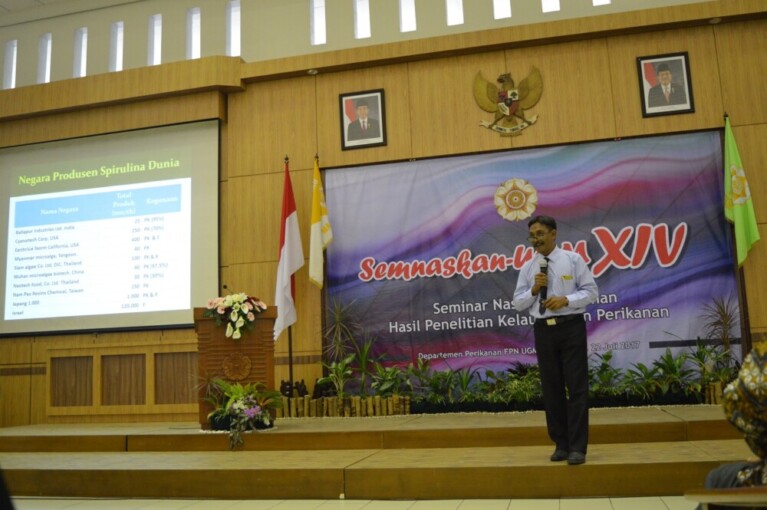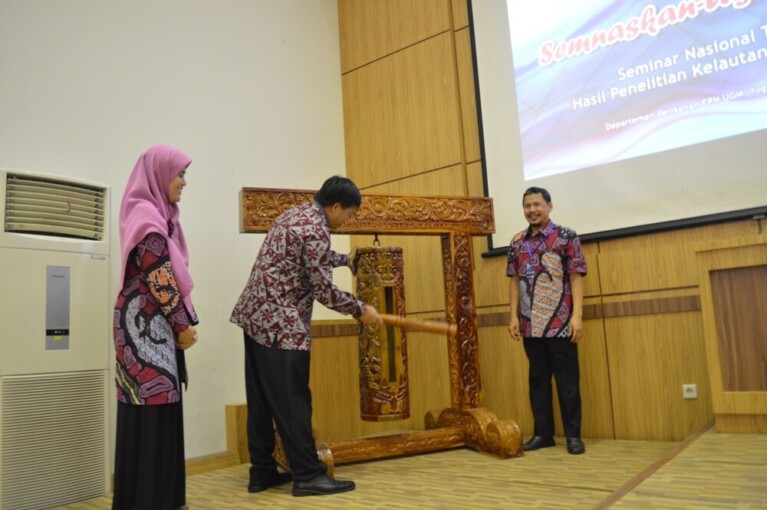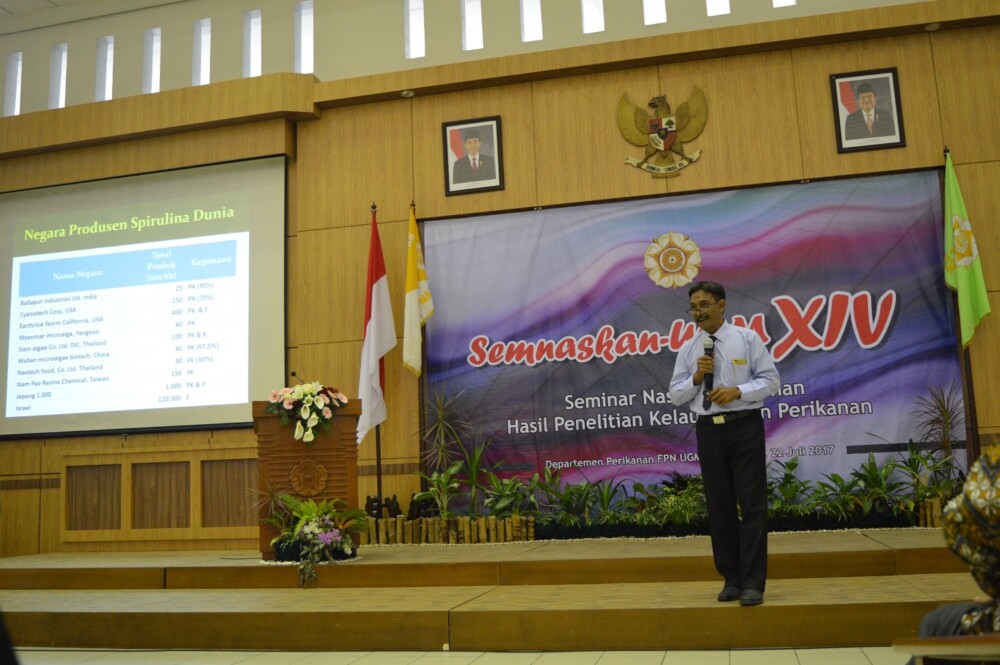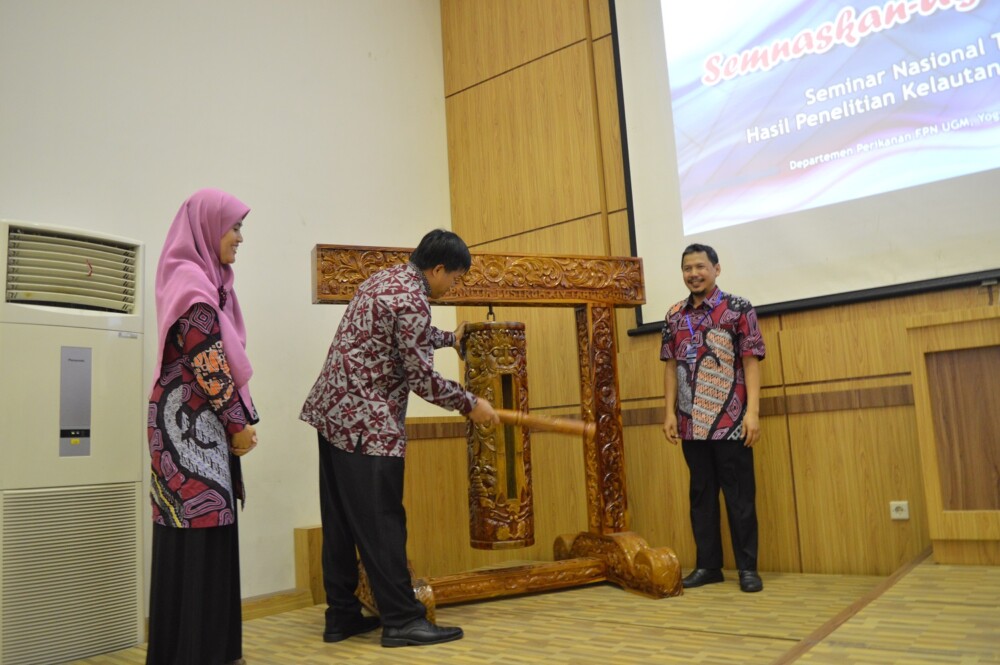Erosion in a spatial unit can be caused by two driving forces which are rainfall erosive index and surface runoff erosive index. However, all this while, the research is done only using the rainfall erosive index and erosion prediction, while the runoff erosive index is only used to predict the sediments that are transported into the reservoir. This issue encouraged a doctoral programme student at Environmental Science UGM to conduct a spatial research towards the runoff erosivity to modify erosion prediction.
“The research on rainfall erosive index and surface runoff is a spatially related study,” said Drs. Ahmad, M.Si. presenting his research on the open examination for doctoral programme on Monday (24/7) at Graduate School UGM.
Ahmad said the rainfall erosive index as a driving force that vertically hits the soil surface causes a spike erosion, while the runoff erosive index is the driving force that hits the ground horizontally, thus causing sheet erosion, flow erosion, and trench erosion.
“When rain falls on a particular spatial unit, the part of rain that can not seep into the soil can become a surface runoff,” he added.
In this open examination, he defended his dissertation entitled Spatial Ecological Study of Rain and Runoff Erosivity to Modify Erosion Prediction in Kedaung Wonogiri Watershed. In his research, he studied the land characteristics as well as the rainfall and runoff erosive index in Kedaung Watershed. He also formulated the basic erosion management in the watershed.
“The study on the dynamics of rainfall and land cover has to be a consideration in the erosion study in order to recognize the time of the highest erosion so that the erosion control can be formulated based on the highest erosion,” said Ahmad.
Ahmad who is a lecturer at Faculty of Geography of Universitas Sebelas Maret Surakarta said from his analysis on the land unit map of runoff event, he found that there are two types of land unit in the Kedaung Watershed which are the type of land surface area of a single surface runoff with 1,168 events and the double surface runoff with 744 events.
Meanwhile, the study on the rainfall characteristic shows the annual rainfall average in January is 350-400 mm, in April it is more than 200 mm with the land cover can decline up to 15-20%, while the rainfall average in November is more than 250 mm with land cover function declining down to 20-30%.
In this open doctoral examination, he also said the highest erosion in Kedaung Watershed happens in January and November. Therefore, the erosion has to be controlled based on the erosion that happens in January and November.
“The control can be done by controlling the erosive index in the erosive index source that causes erosion,” he added.






